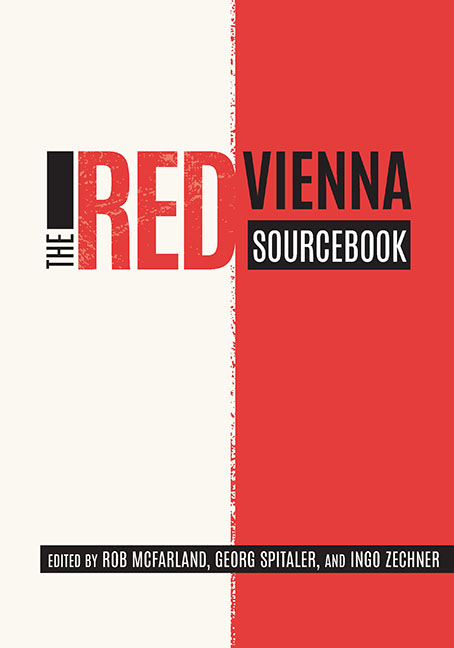Book contents
- Frontmatter
- Contents
- Acknowledgments
- Permissions and Credits
- A Note on the Structure of This Book
- Introduction
- Part I Foundations
- Part II Philosophies
- Part III Identities
- Part IV New Values
- Part V Social Engineering
- Part VI Vitality
- Part VII Housing
- Part VIII Cultural Politics
- Part IX Mass Media
- Part X Exchange
- Part XI Reaction
- Part XII Power
- Chronology
- References
- Contributors
- Index of Subjects
- Index of Persons
Chapter 17 - Labor and Free Time
Published online by Cambridge University Press: 23 October 2020
- Frontmatter
- Contents
- Acknowledgments
- Permissions and Credits
- A Note on the Structure of This Book
- Introduction
- Part I Foundations
- Part II Philosophies
- Part III Identities
- Part IV New Values
- Part V Social Engineering
- Part VI Vitality
- Part VII Housing
- Part VIII Cultural Politics
- Part IX Mass Media
- Part X Exchange
- Part XI Reaction
- Part XII Power
- Chronology
- References
- Contributors
- Index of Subjects
- Index of Persons
Summary
THE DEMAND TO LIMIT the legal workday to eight hours is one of the oldest demands of the labor movement. It was promoted for the first time in England in the 1830s, and beginning on May 1, 1890, the first “Labor Day,” it topped the list of demands of the Second International. When the Provisional National Assembly of German Austria actually enacted the eight-hour workday on December 19, 1918—initially limited to factory operations and only expanded one year later to all businesses subject to the provisions of the trade regulations—the fulfillment of that decades-long demand came almost as a matter of course. With good reason, the eight-hour workday represented for Social Democracy nothing more than an essential first step on the way to freeing the working class from the “yoke of economic servitude.”
Although the eight-hour workday established some freedoms and self-determination in the lives of workers, it did not affect all workers equally. Working women in particular could only dream of eight hours of rest, as traditional gender roles stipulated that they also take on the work of keeping house and raising the children. This meant that rest and free time remained asymmetrically linked with work time. As the groundbreaking study of unemployed workers in Marienthal showed, there is no free time without work, and unemployment does not simply mean a limitless amount of free time but rather a return to an “undifferentiated way of experiencing time.” In the view of Social Democracy, moreover, free time was meant to further the “physical, mental, and spiritual development of the worker,” to use free time and rest to political, social, and cultural ends.
In response to the question of how the workers should organize their newly won free time (on average three more hours in comparison with the prewar period), the Social Democratic Workers’ Party (SDAP) provided a dense network of political and cultural organizations and offerings. Alongside volunteering for the party and attending political gatherings, workers in Red Vienna could also choose from among more than forty cultural organizations covering a broad spectrum of activities: from choirs and chess clubs to cycling groups and the Friends of Nature.
- Type
- Chapter
- Information
- The Red Vienna Sourcebook , pp. 333 - 350Publisher: Boydell & BrewerPrint publication year: 2019



